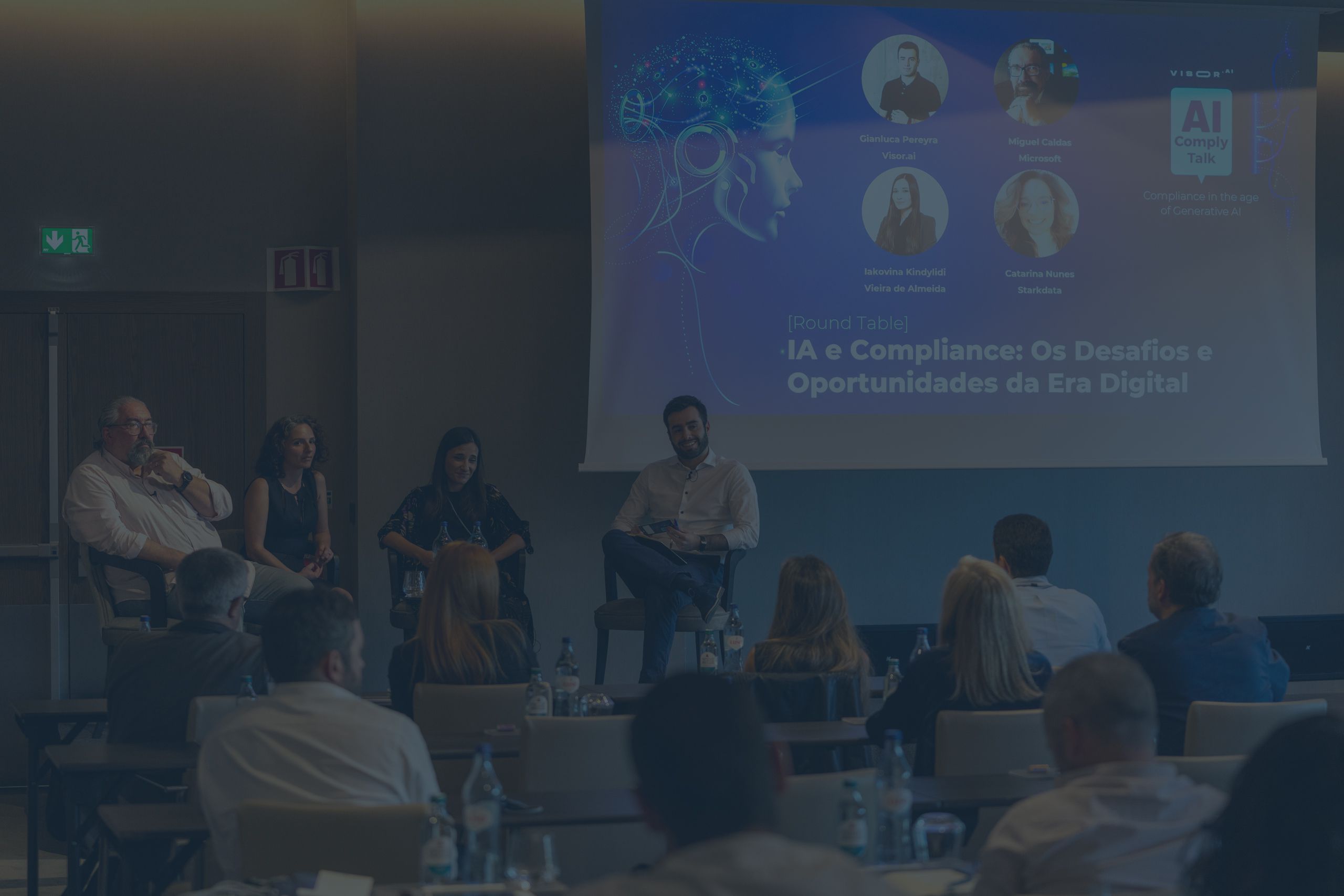Customer service is the lifeline of any successful business. It is the frontline that has the most immediate impact on consumer satisfaction and loyalty. In the age of instant communication, adding email automation to customer service strategy is critical. Not only is efficiency important, but so is the capacity to personalize and streamline interactions, resulting in a seamless customer experience. In this article, we'll delve into the depths of AI email automation, exploring its applications, and benefits, and uncovering how it can significantly enhance operational efficiency.
What is Email Automation?
The use of technology to send individualized messages to customers based on specified triggers or actions is known as email automation or email bot. It goes beyond standard email advertising by using a dynamic approach that adapts to unique client behaviors and needs.
The Benefits of Email Automation in Customer Service
Increased Personalization: Tailoring messages to certain audiences provides a more personalized experience, increasing engagement and satisfaction.
Speed and precision: AI email automation can handle common requests up to 80% faster than traditional approaches, according to recent studies. Furthermore, response accuracy approaches 90%, reducing the possibility of errors and maintaining consistent communication.
Resource Allocation: By automating repetitive processes, businesses can reallocate human resources to focus on high-value operations such as complex problem-solving and strategic decision-making. This boosts productivity while also making the team more engaged and content.
Cost reductions: AI email automation can result in substantial savings in costs. As the automated system handles routine queries, businesses can reduce the need for a large customer service team, resulting in lower operational costs without compromising on service quality.
Consistent Communication: Maintaining a unified brand tone and message throughout all interactions fosters customer trust and confidence.
Behavioral Targeting: Businesses can send customized emails to customers by evaluating their habits and delivering appropriate solutions and product recommendations.
Uses and applications
Customer service email automation goes beyond introductory and promotional messages to include real scenarios that enhance communication and assistance. Automating personalized emails allows you to provide customer support on a large scale while still addressing the specific inquiries and needs of each customer.
You can set up emails to address simple inquiries or guide your customers on what action to take after a particular event. For example:
- Payment confirmation;
- Exchange request initiation;
- Tracking/delivery follow-up.
Conclusion
In conclusion, whoever said email is dead couldn’t be more wrong! In terms of ROI, this is still one of the most profitable channels. Some studies show that a well-planned and performed email strategy can generate a return of $36 for every $1 invested - a 3,600% return. By incorporating AI email automation into their customer service strategy, businesses can not only improve the customer experience but also occupy a leading position as an innovation and efficiency driver in the market. Unlock the power of innovation and efficiency with Visor.ai. Reach out to us and discover how our email automation.











